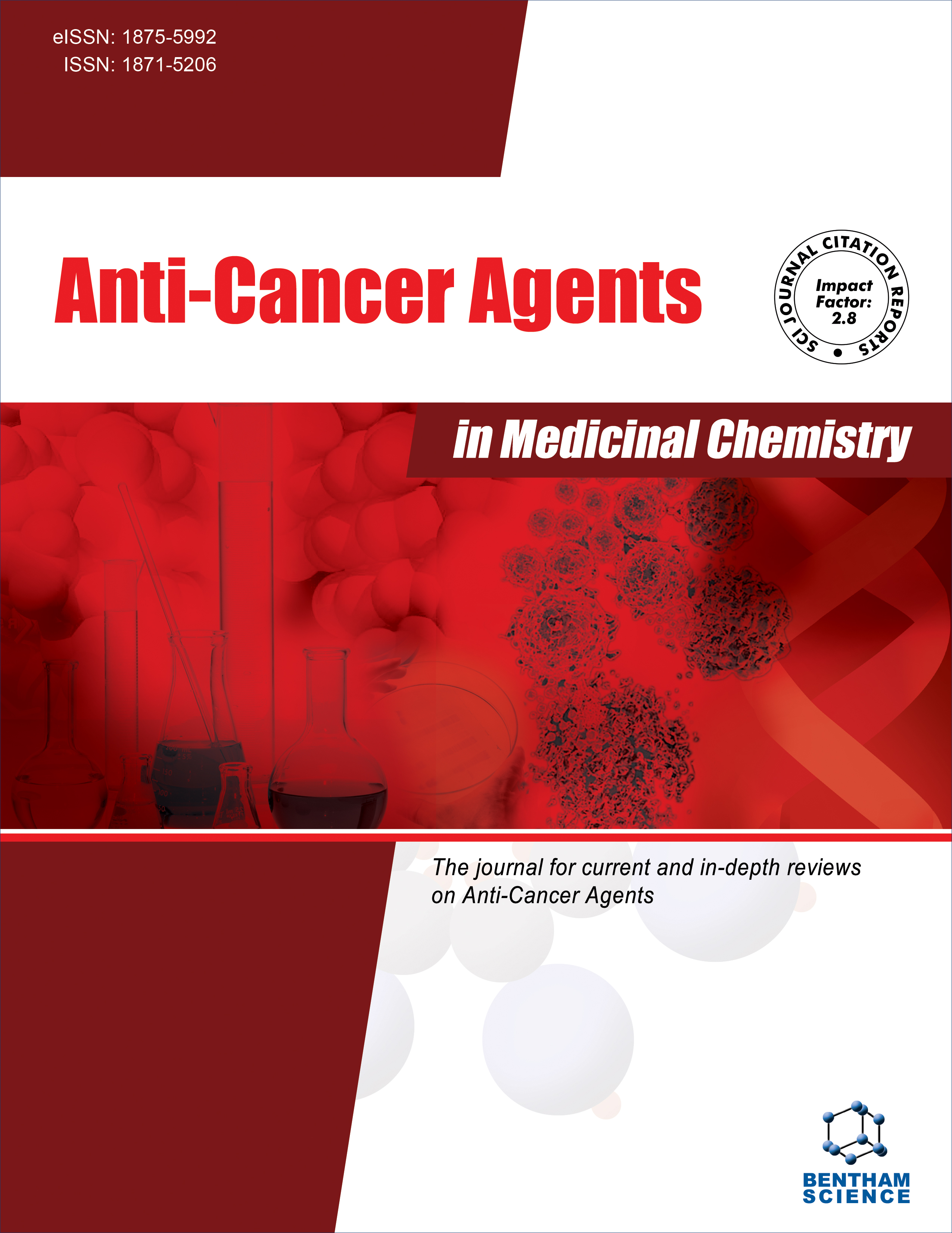
Full text loading...
We use cookies to track usage and preferences.I Understand
The side effects of anti-cancer chemotherapy remain a concern for patients. So, designing alternative medications seems inevitable. In this research, the immunological mechanisms of BCc1 nanomedicine on tumor-bearing mice were investigated.
BALB/c mice underwent tumor transplantation and were assigned into four groups. Group 1 was orally administered with PBS buffer, Group 2 was orally administered BCc1 10 mg/kg, and Group 3 was orally administered BCc1 40 mg/kg daily, respectively. In addition, a group of mice was administered Cyclophosphamide, 20 mg/kg daily. The weight and tumor volume of mice were evaluated bi-weekly. After 24 days of treatment, cytokines and CTL assay in the spleen cell and the tumor were assessed. Furthermore, the spleen, liver, kidney, lung, gut, and uterine tissue were stained with hematoxylin and eosin. Finally, the tumor samples were stained and analyzed for FOXP3. The survival rate of mice was recorded.
The results confirmed the histological safety of BCc1. This nanomedicine, especially BCc1 10 mg/kg, led to a strong IFN-γ response and suppressed TGF-β cytokine. The frequency of Treg in the tumor tissue of BCc1 nanomedicine groups was decreased. In addition, nanomedicine repressed tumor volume and tumor weight significantly, which was comparable to Cyclophosphamide. These immunologic events increased the survival rate of BCc1-treated groups. The results indicate that BCc1 nanomedicine can suppress tumor growth and thereby increase the survival rate of experimental mice.
It seems a modulation in the tumor microenvironment and polarization toward a Th1 response may be involved. So, BCc1 nanomedicine is efficient for human cancer therapy.

Article metrics loading...

Full text loading...
References


Data & Media loading...

